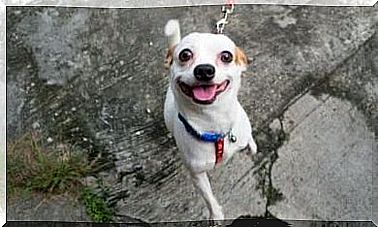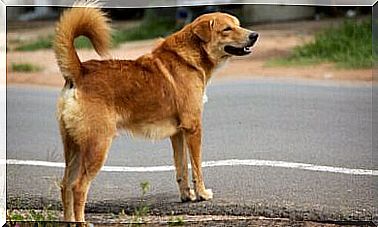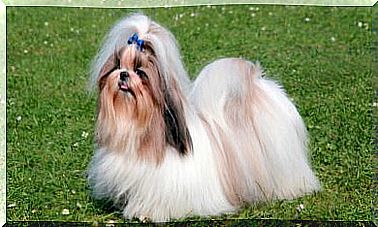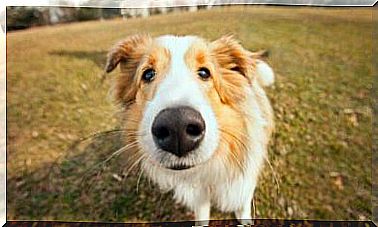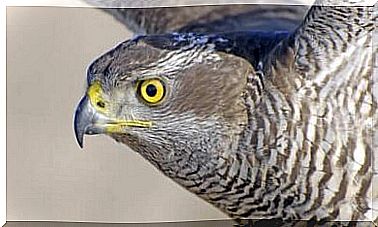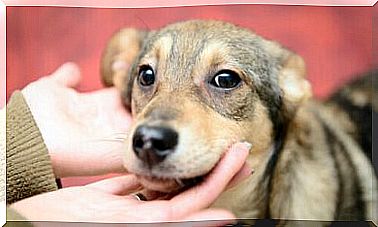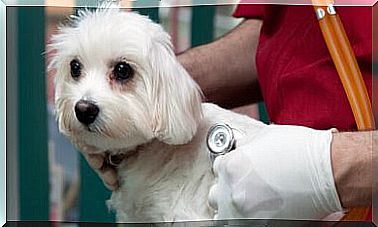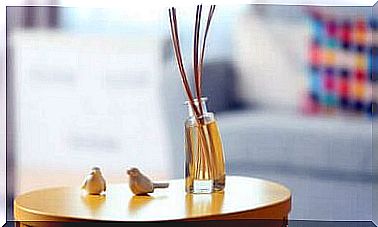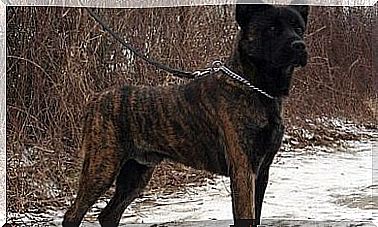Umbilical Hernia In Puppies
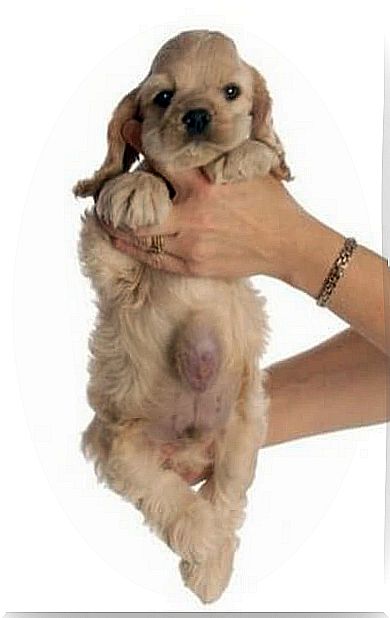
When an umbilical hernia appears in puppies, it may not seem like a disease. In fact it is not, as it has no symptoms and your pet will be perfectly healthy.
In fact, most of these hernias, especially if they are small, are not dangerous and are easily identified by the veterinarian during a follow-up examination.
However, it is important to detect and treat hernias, as in some cases they can pose a serious threat to our pet’s health.
In this article, we will look at some clues for identifying the symptoms of an umbilical hernia in puppies and what treatments and medical care are appropriate.
What is an umbilical hernia?
When a dog or cat has a small bump in the lower belly, between the ribs and the hind legs, it is most likely an umbilical hernia. It is a bump that is usually found at the height of the umbilical cord.
The presence of this lump is a sign that a wound has not closed well, so the intestines and belly fat come out through it. But it is not an open wound: it is covered by the skin.
What is this hernia generated from? At birth, the mother cuts the umbilical cord that connects her to her cub with her teeth. The navel is like a hole, which normally closes in a few days.
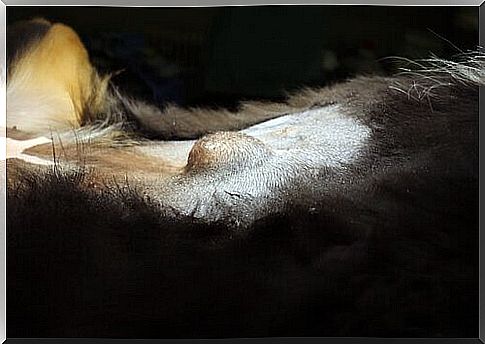
A piece of cord remains attached to the navel and generally falls off after a few minutes. When the navel hole does not close properly, umbilical hernia is produced.
Symptoms of an umbilical hernia in puppies
The most obvious symptom of an umbilical hernia is the presence of a small lump in the puppy’s belly. Under normal conditions, this mass should be pink and smooth. If, on the other hand, you feel a harder protrusion where the umbilical cord used to be, then it is a hernia.
When you feel the small lump, the puppy may feel pain. The greater the hernia, the greater the pain. Usually, the mass gets bigger over time.
If it is a newborn animal, it is possible that the bump will disappear on its own, or at least not grow in volume. However, it is important to observe the evolution of the scar and, if it becomes larger, consult your veterinarian to avoid possible problems.
Warning signs
Most umbilical hernias in puppies are not considered emergencies and some even disappear spontaneously.
However, if this is not the case, it is important to intervene, as in some cases they can lead to strangulated hernias.
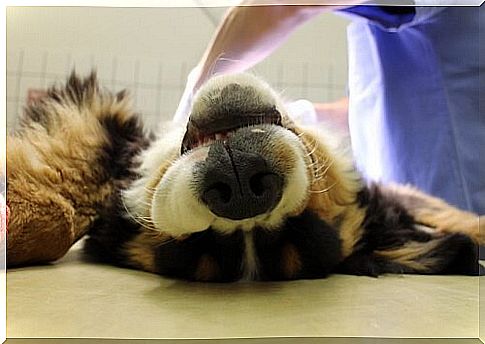
A strangulated hernia is an emergency, as it can cause your puppy to die in just 48 hours. That is why it is necessary to pay attention to certain signs that indicate their presence.
A hernia becomes dangerous when the blood supply to the tissue is cut or becomes very poor. This is known as a strangulated hernia.
The main symptoms of a strangulated hernia are: excessive swelling of the bump, fever, severe pain, lack of appetite and vomiting.
Dead tissue becomes toxic and the whole organism is affected in a very short time. Therefore, before any of the symptoms mentioned above, you need to take your puppy to the vet immediately.
Treatment of umbilical hernia in puppies
Each case is different and evaluation by a professional will be the only way to determine the correct procedure.
Treatment of an umbilical hernia in puppies varies mainly according to the severity of the hernia and the age of the animal.
If the hernia is small and has no complications, the doctor will likely recommend waiting until the puppy turns six months to see if it goes away on its own. If this does not happen, a new evaluation will be required.
In the case of larger or persistent hernias, surgery is required.
This procedure involves pushing the protruding tissue through the hole and suture. It is a simple procedure and can also be used to spay the puppy at the same time.

